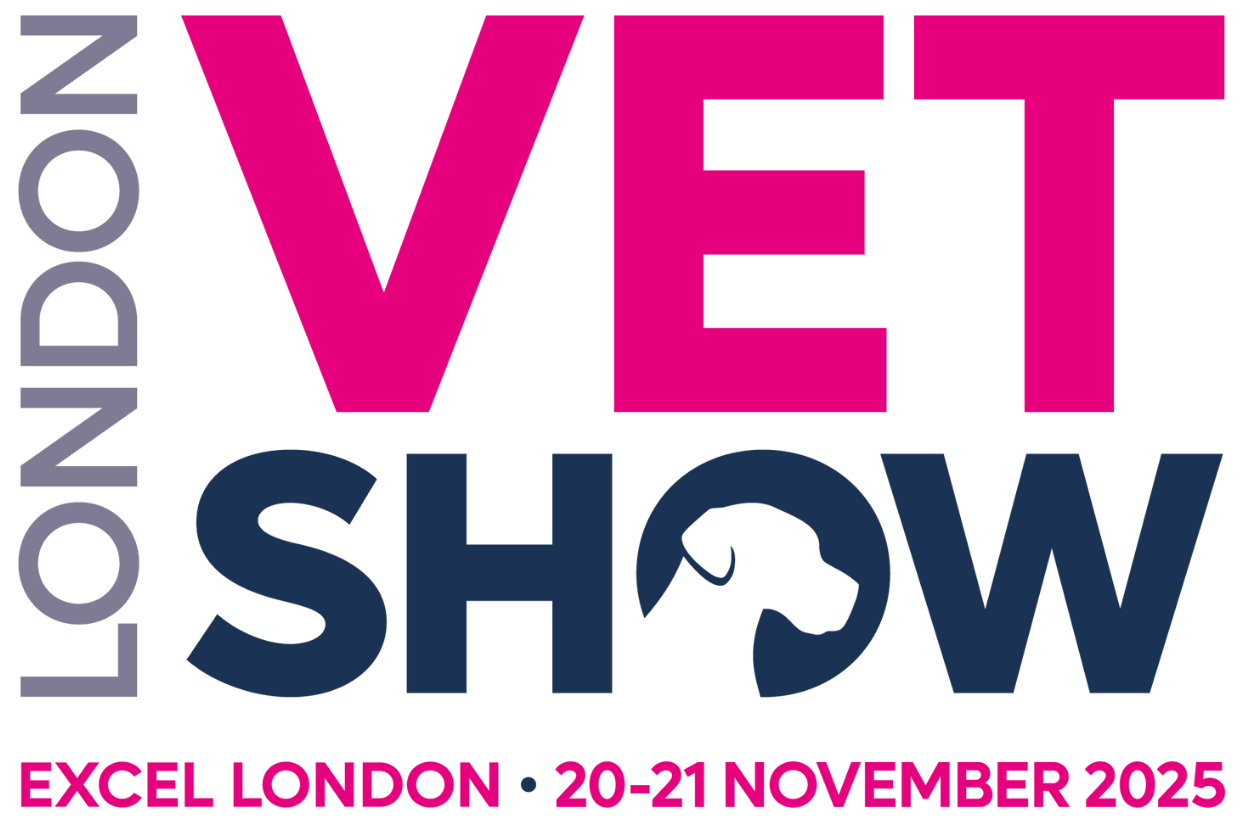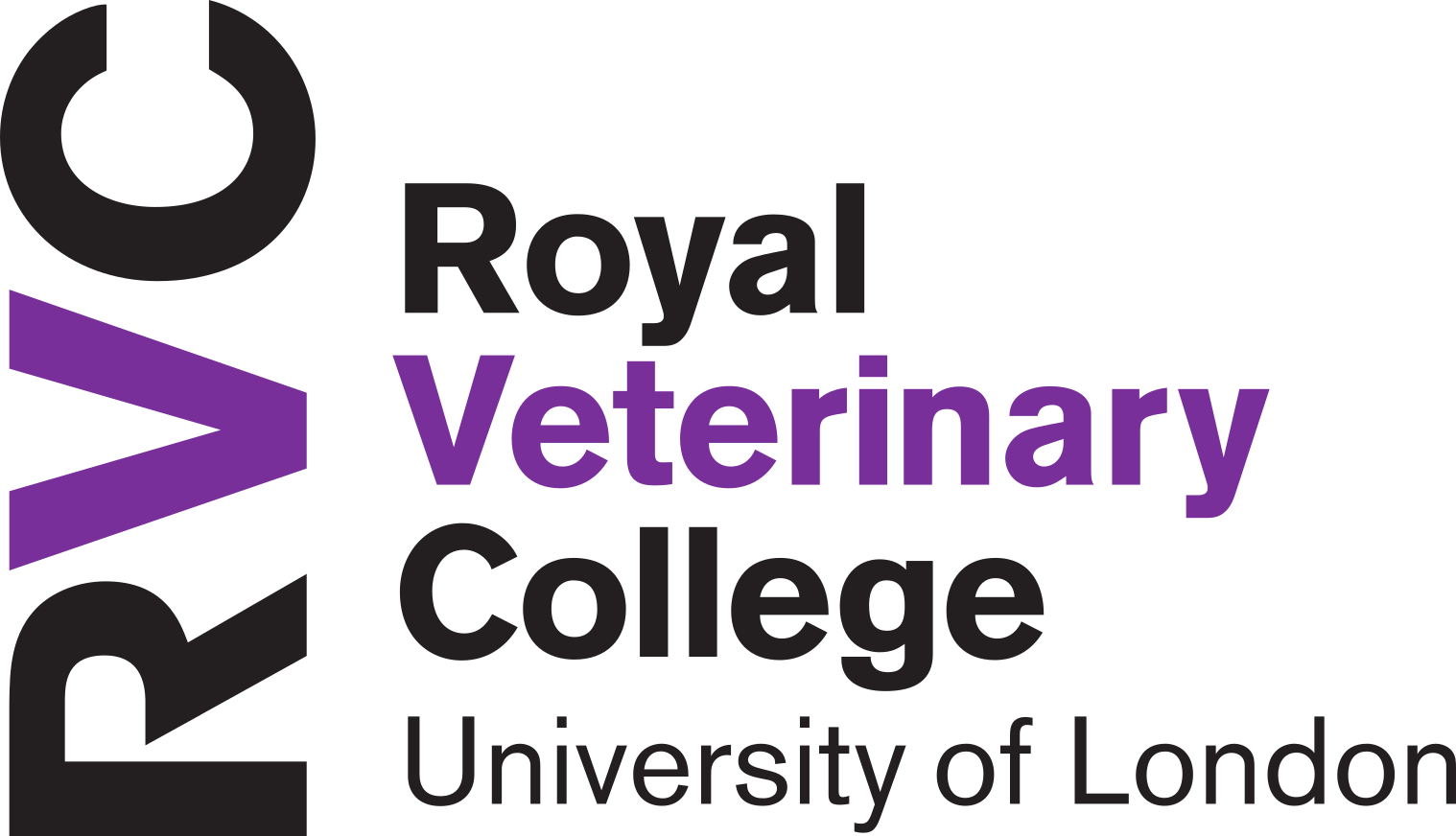First do no harm: Top tips for improving your rabbit dentals
The importance of providing high fibre (hay/grass) diets to pet rabbits can never be underestimated. Despite advances in our knowledge and understanding of the dietary requirements of pet rabbits, acquired dental disease continues to be one of the most common clinical problems for a rabbit.
With hypsodont dentition, rabbit dental growth rates are recorded at (approximately) 3mm per week for incisors and 3mm per month for cheek teeth. The 28 teeth require active 'dental exercise', with collective grazing times of 8+ hours per day, in order to maintain good dental occlusal health.
Failure to achieve intake of an appropriate diet can lead to an increase in occlusal pressure, dental curvature, widening of the periodontal space, dental spurs, gingival and/or lingual trauma apical penetration of the maxillary or mandibular jaw and dental apex abscessation. All of which cause pain and discomfort to the rabbit, often resulting in presentations of weight loss, inappetance, hypersalivation, halitosis, gastrointestinal stasis and facial swellings.
Otoscopic examination of the oral cavity should complete every physical examination and dental health checks are recommended every 6 months throughout the rabbit's life. This lecture assesses disease severity with diagnostic imaging and reviews the ongoing treatments (+/-burring, extractions and abscess surgery) that can be required to manage this challenging, and often frustrating, condition.





)
)
)
)
)
)
)
)
)
)
)
)
)
)
)
)
)
)
